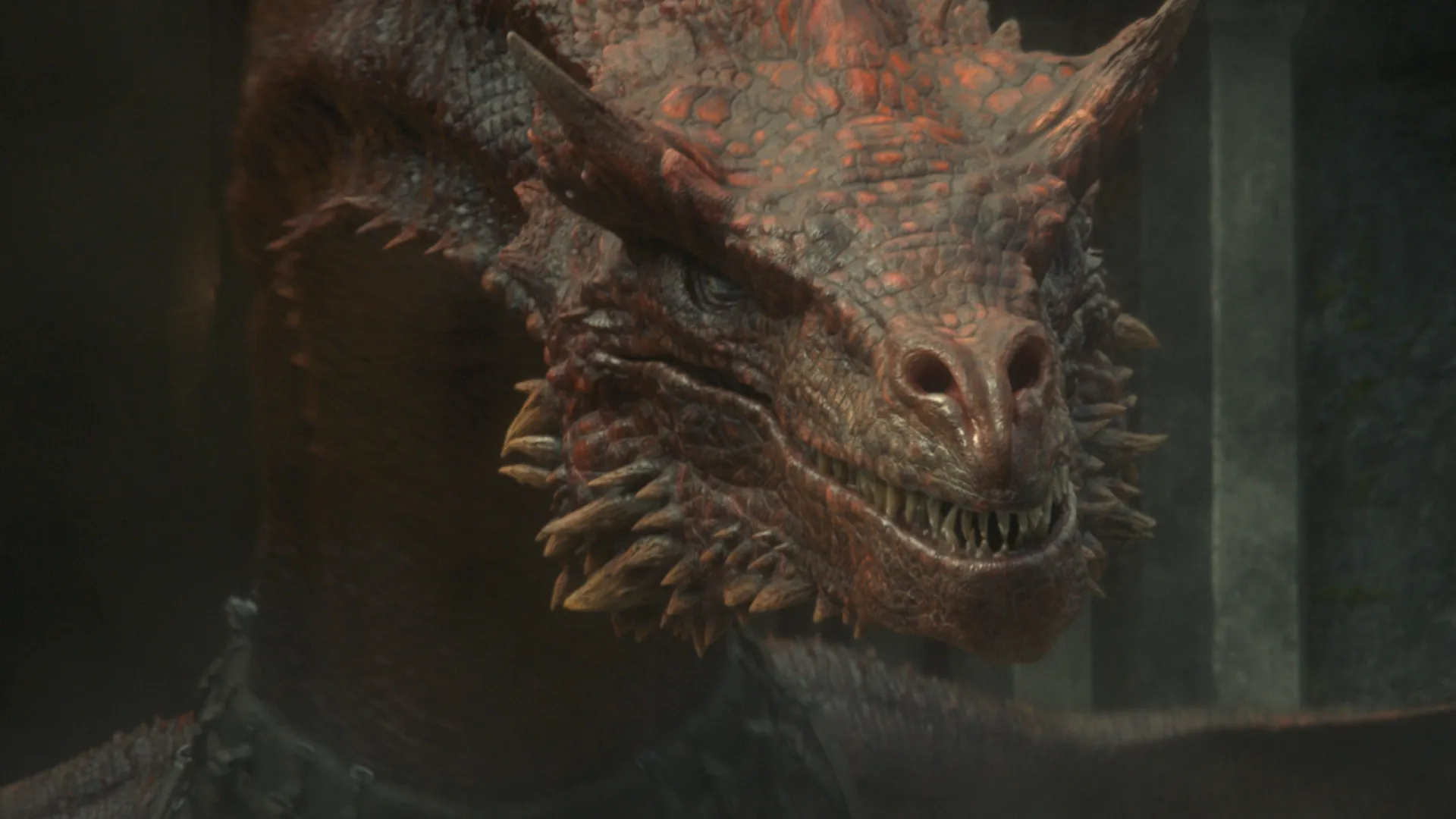Could a fire-breathing animal ever exist?
To create a fire-breathing animal, you would need to combine features found in a cow, a beetle and an eel.
To ignite and sustain a flame, we need three components; a fuel, an oxidising agent - typically the oxygen in the air - and a heat source to initiate and maintain combustion.
Let’s start with the fuel. Methane could be a candidate.
Animals produce it during digestion. The images on the screen of Westeros show dragons are keen on eating sheep. However, our methane-fuelled dragons would need to have a diet and digestive system
more like that of a cow to produce enough gas to burn down a city. There’s also a problem with the storage of sufficient amounts of methane gas. A typical methane cylinder might be rated for 150 atmospheres of pressure, while even a bloated gut can only tolerate a little over one atmosphere.
Let’s turn our attention to the oxidising agent. As with most fires, this will most probably be oxygen. However, it will take more than oxygen in the surrounding air to generate a jet of pressurised flaming oil hot enough to melt an iron throne. And it would have to be well mixed in with the fuel. The better the supply of oxygen, the hotter the flame.
A dragon could draw on some chemistry used by the
bombardier beetle. This insect has evolved reservoirs adapted to store hydrogen peroxide (the stuff you might use to bleach your hair). When threatened, the beetle pushes hydrogen peroxide into a vestibule containing enzymes that rapidly decompose the hydrogen peroxide into water and oxygen. This is an
exothermic reaction, which transfers energy to the surroundings, and in this case raises the temperature of the mixture to almost boiling point.
Finally, we need a spark to ignite the mix. For this, I’m going to suggest the dragons have evolved an electric organ similar to that found in many fish, particularly
electric eels. These can generate short pulses of up to 600 volts, easily enough to create a spark across a short air gap.
https://www.livescience.com/animals/could-a-fire-breathing-animal-ever-exist
maximus otter


